7 Practical Guidelines From Cognitive Science for eLearning
eLearning Brothers
JUNE 20, 2018
When I’ve attended eLearning conferences and workshops, one thing I’ve noticed is that instructional designers are always hungry for more research and knowledge on how people learn and what they can do to help them learn better. We actually know a lot about how people learn and develop skills.


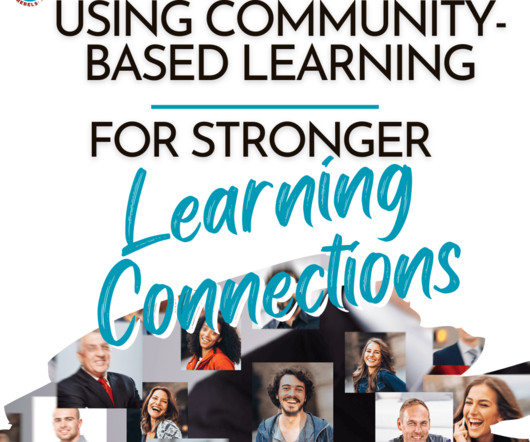














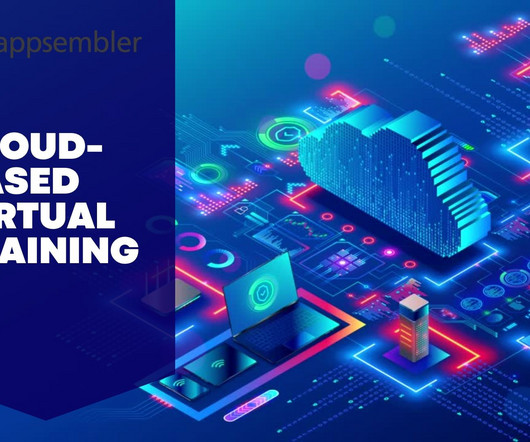

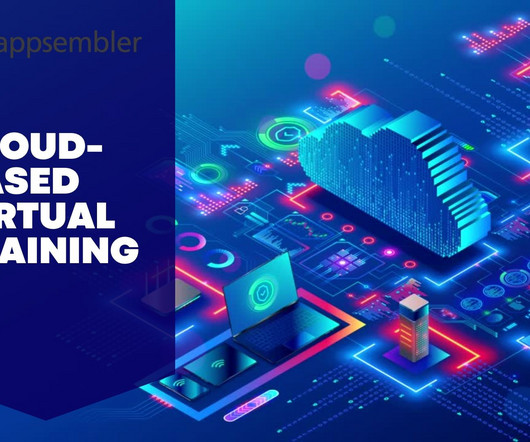


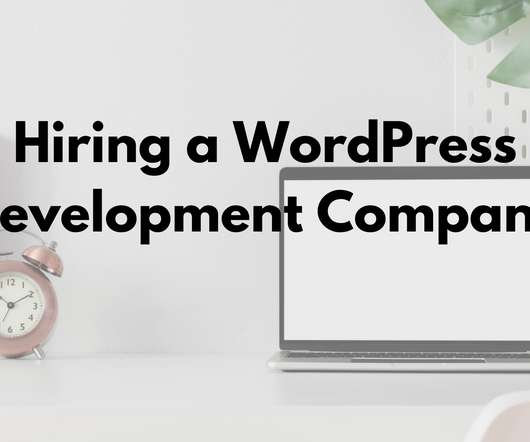


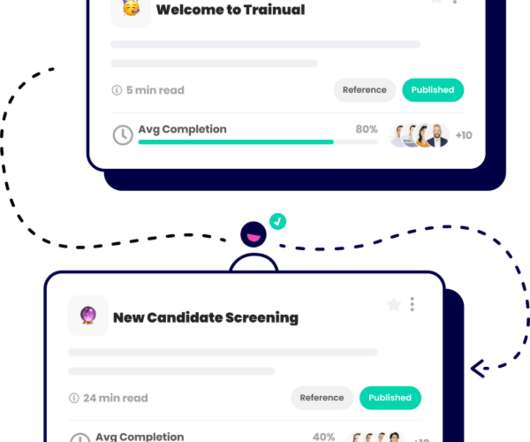
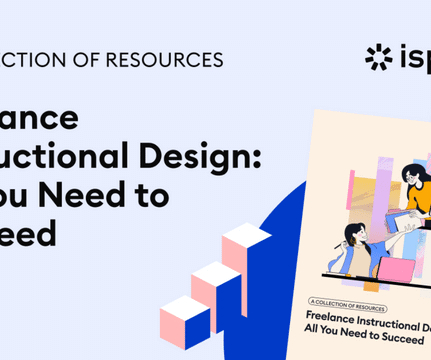


















Let's personalize your content